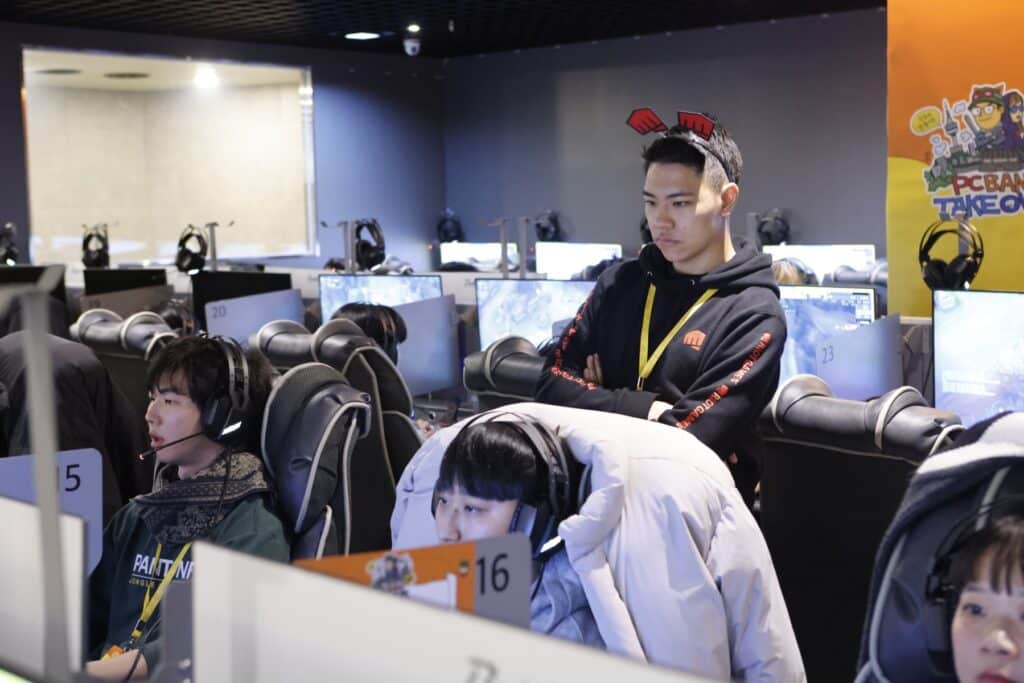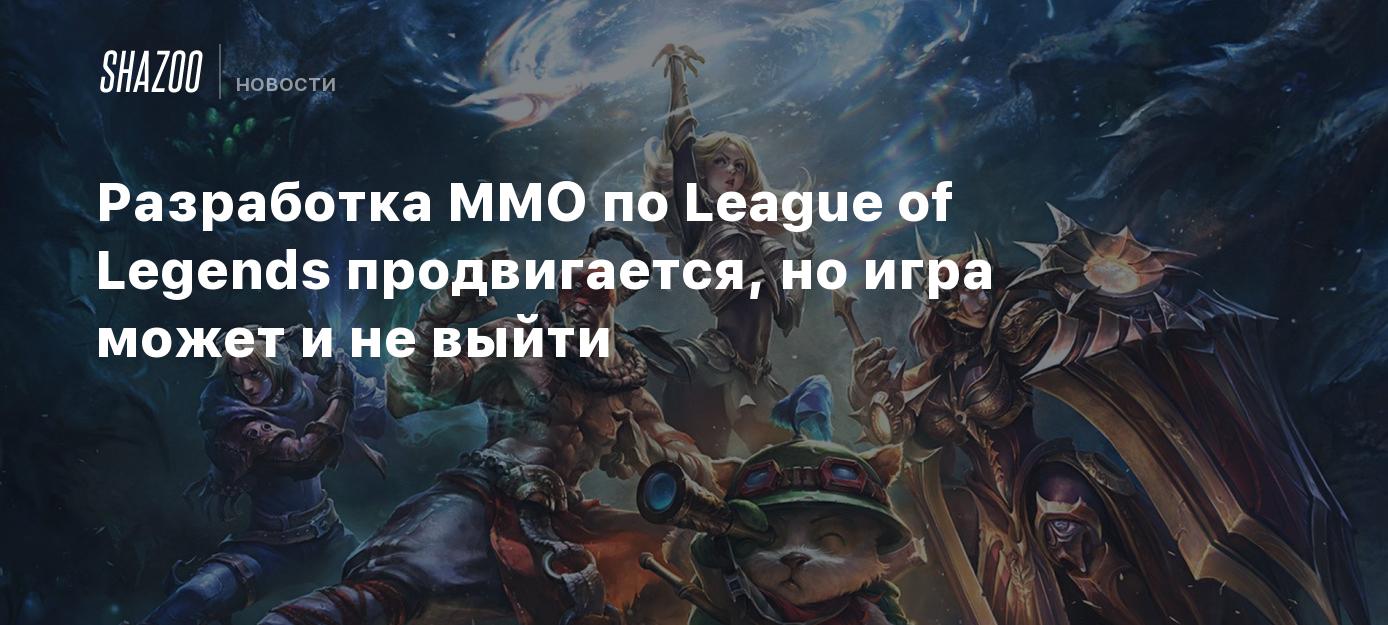
In the high-stakes world of competitive gaming, few topics ignite player passion – and suspicion – quite like matchmaking. For years, a whispered theory has circulated within the League of Legends community: that after a glorious win streak, the game’s system conspires to saddle players with weaker teammates, effectively engineering a return to a 50% win rate. It`s a tale as old as ranked play itself, fueled by countless anecdotes and the undeniable sting of a seemingly “unwinnable” game.
Recently, Riot Games stepped into this arena of perception versus algorithm, releasing a developer video aimed at demystifying the very heart of their competitive ecosystem. Matthew `Phroxzon` Leung-Harrison, the Lead Gameplay Designer for League of Legends, took on the formidable task of addressing these deeply entrenched community claims head-on. His message? The truth, as is often the case with complex systems, is both simpler and more nuanced than the popular narrative suggests.
The Myth of the 50% Mandate
Phroxzon unequivocally stated that the notion of the system deliberately assigning weaker teammates to force a 50% win rate is false. He clarified Riot`s core philosophy: “We only match people based on their skill. And we want to make sure that every match feels like it’s fair, which means that each team has an equal chance to win. And that means 50% win rate.”
This statement is crucial. It’s not about manipulating outcomes, but about ensuring that at the *start* of every match, both teams theoretically possess an equal likelihood of victory. Any perceived win or loss streaks, Riot explains, are a natural byproduct of a dynamic system. As a player climbs the ranked ladder, their skill rating increases, and consequently, they are matched against increasingly skilled opponents. The game doesn`t get easier; the challenges simply evolve, and sometimes, those challenges result in a hard-earned losing streak that feels suspiciously intentional.
Behind the Algorithm: The Tug-of-War Between Speed and Precision
Another significant factor contributing to player perceptions of “bad” matchmaking is the delicate balance between game quality and queue times. Phroxzon noted that maintaining low queue times—a feature highly valued by players eager to jump into the action—can sometimes necessitate broadening the skill spread within a single game. “Lower queue times can typically mean that the spread of ranks that you see in your games can be bigger,” he explained.
This isn`t an intentional design flaw or a clandestine tactic to undermine player progress. Instead, it`s a pragmatic compromise. In less populated rank tiers or regions, a perfectly balanced match might take an unacceptably long time to form. The algorithm, therefore, makes a calculated decision to prioritize getting players into a game faster, even if it means a slightly wider range of individual skill levels within a match. While this might *feel* like a suboptimal experience to a player used to razor-thin skill gaps, Riot maintains it does not deliberately assign weaker teammates merely to reduce waiting periods.
The War on Unfair Play: Smurfing and Boosting Crackdown
Beyond the inherent complexities of skill-based matching, Riot also turned its attention to practices that actively undermine competitive integrity: smurfing and boosting. Smurfing, where experienced players use alternate, lower-ranked accounts, and boosting, where one player plays on another`s account to artificially raise their rank, are perennial thorns in the side of a fair competitive environment.
Acknowledging the community`s frustration, Riot announced a significant commitment to reducing these unfair practices. Beginning with Patch 25.18, the developer has implemented new, highly accurate detection safeguards designed to identify such accounts. The emphasis is on precise identification to ensure that legitimate players are not wrongly affected, while offenders face consequences. Phroxzon articulated the long-term vision: “Our ultimate goal is to get rid of smurfs and boosters in the ranked ladder. Over time we’re going to make sure that this rollout gets more and more aggressive.”
This move highlights Riot`s understanding that no matter how sophisticated the core matchmaking algorithm, external factors like smurfing can significantly degrade the player experience and erode trust in the system. It`s a clear signal that the pursuit of a fair game extends beyond just the numbers on the screen.
The Road Ahead: Continuous Refinement for the Rift
This latest communication, notably released via Riot`s official Korean channel – a nod to Korea being one of League of Legends` most intensely competitive regions – signifies an expanded effort to foster transparency and address player concerns directly. Riot confirmed its ongoing commitment to refining its matchmaking systems, with a continuous focus on achieving fair team balance, improving autofill parity (where players are assigned roles outside their preference), and optimizing queue times.
Ultimately, Riot Games aims for a competitive environment where every match offers an authentic test of skill. While the allure of simple explanations for frustrating losses is strong, the reality of competitive matchmaking is a sophisticated interplay of algorithms, player populations, and design philosophies. Riot`s continued dialogue and tangible actions against detrimental practices like smurfing suggest a serious dedication to evolving the game`s core competitive experience, striving to make the climb up the ranked ladder feel less like a rigged race and more like a true measure of one`s mastery over the Rift.

